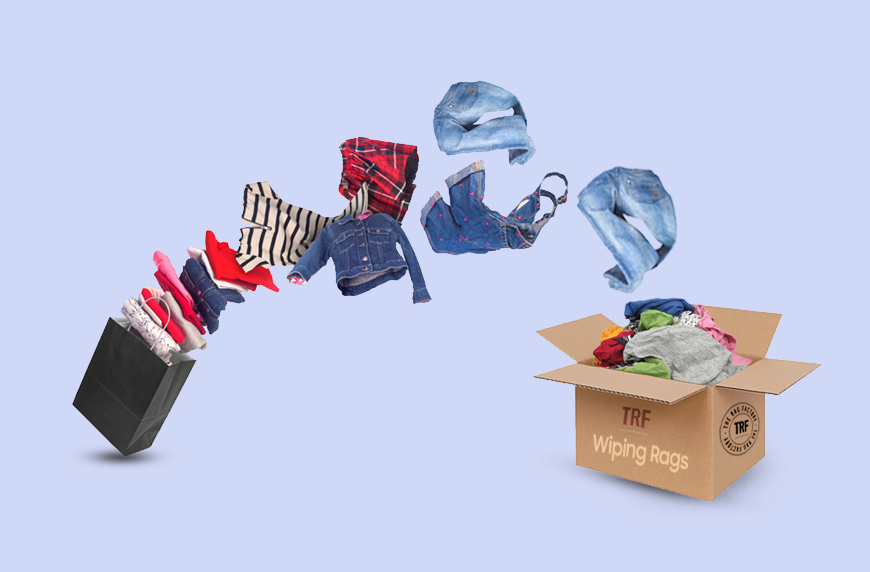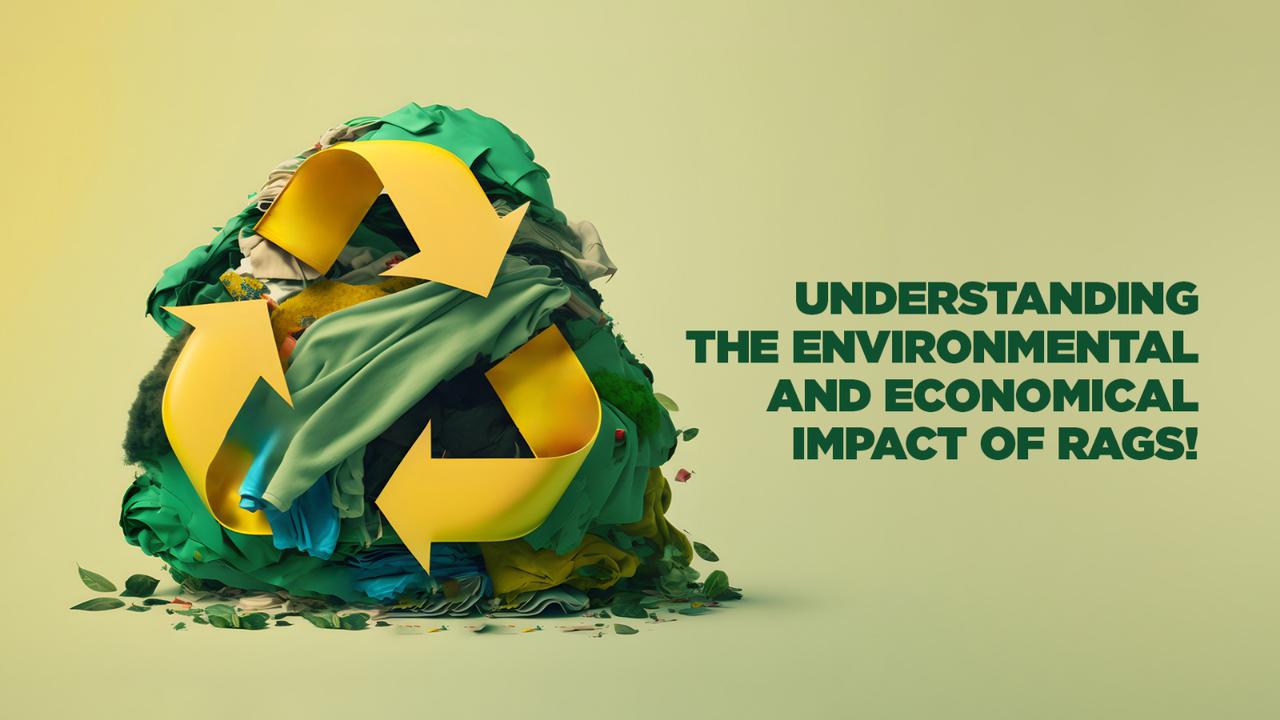The Reuse Factory: Second-life Ragcloths by TRF
Let’s talk about fashion for a bit.
It’s important to the story, trust us. Fashion trends these days change at a blazing fast pace. The latest catwalk style goes out of fashion in the matter of just a few weeks. The retail fashion industry has kept up with it by employing something known as ‘fast fashion’. ‘Fast Fashion’ involves the rapid design, production, distribution and marketing of clothing. This means cheaper and more variety in clothing, leading to that insurmountable pile of clothes on your deskchair.
Just a little bit more, we’re getting there.
Research suggests that the fashion industry currently accounts for about 10% of global carbon emissions. Drying up water sources and polluting river streams, our desire to don the latest fashion takes a toll on our environmental resources, while our short attention spans lead to 85% of all textiles ending up in a garbage dump each year.
Specifically, Washing cloths are responsible for the pollution of our ocean water, with 500,000 tonnes of microfibers released from them.
So not just our consumption of clothing, but our consumption of cleaning utilities must be addressed.
Fashion holds the answer, too.
When awareness about the huge impact of the fashion industry reached the consumer, there has been a noticeable slowdown in the fast fashion industry. Not only that, a few environmentally conscious fashion brands have popped up, flaunting green production with lean carbon footprints. Recyclables attract a steady stream of loyal customers, and that’s where The Rag Factory’s answer to the washcloth dilemma lies.
Second-life Fabrics
Spearheading the shift towards an ‘ethical wardrobe’, ‘recycled clothing’, known also by the more wholesome term ‘second-life clothing’ is a great way to stitch sustainability into the seams of the fashion industry. Rags and washcloths are even less complex to produce than second-life fashion. With our recycled cleaning utilities, we’re making a huge difference, and helping our consumers stock up their ‘ethical utility closet’ so to say!
What Recycled Rags have achieved for us:
Recycled Rags reduce the need for manufacturing new rags, and thus significantly reduce our sourcing requirements for raw materials. Sourcing of raw materials for the textile industry creates a huge impact on our environment, as textiles are mainly organically sourced. Here’s a brief breakdown:
- Nylon and polyester are non-biodegradable, and have a massive environmental impact due to the creation of vast amounts of ‘nitrous oxide’ in the manufacturing process. Nitrous Oxide as a greenhouse gas is 310 times more potent than carbon di-oxide.
- Rayon or viscose fiber is made from wood pulp, the sourcing of which is one of the major causes of deforestation, as pulpwood plantations are constructed close to the source to make the plantations profitable. Hazardous chemicals like caustic soda and sulphuric acid are used in the process of making Rayon.
- Cotton is the most pesticide-intensive crop in the world. Many people are killed through over-exposure to these pesticides, and cotton takes up a lot of agricultural land, which would’ve been better put to use to grow food.
- Other textile related industries such as Leather, Bleaching, Dyeing, Polycotton (used for easy care and crease resistant clothing) and others also cause massive carbon footprints and resource consumption.
Stock up your ‘ethical utility closet!’
We, at The Rag Factory strive to be conscientious towards our customers, and the environment. We believe that our consumers will always choose to pick environmentally conscious and sustainable products, when given the chance. We strive to provide you with access to products which are manufactured through greener means of production. We hope that you find a way to clean, that keeps the Earth green, through our second-life rags and washcloths!




